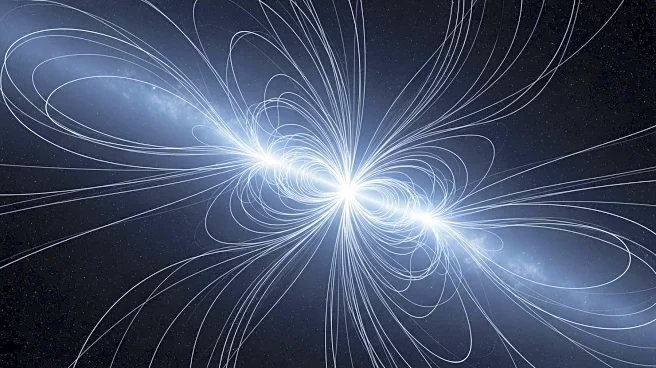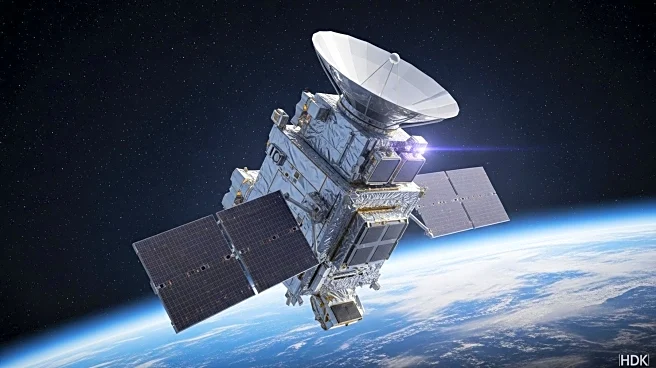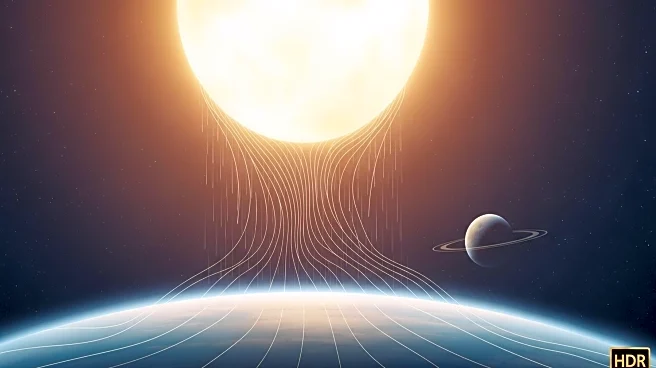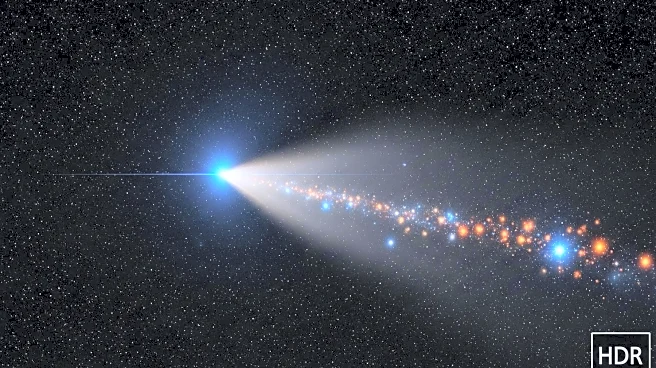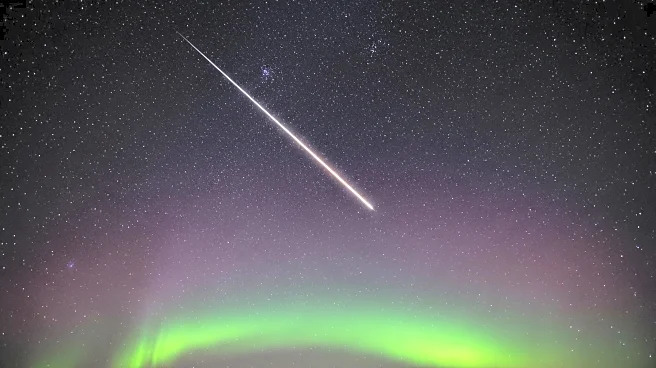What's Happening?
Astronomers have raised concerns about the current state of space weather monitoring, highlighting the inadequacy of existing systems to detect potentially dangerous solar events. A recent study published in The Astrophysical Journal emphasizes the need for a more comprehensive approach to monitoring solar activity. Researchers have identified 'flux ropes,' small tornado-like spirals of plasma and magnetic fields on the Sun, as potential triggers for coronal mass ejections (CMEs). These CMEs can have severe impacts on Earth, including damage to satellites, GPS systems, and power grids. The study suggests that the current single-spacecraft systems are insufficient, as they provide limited perspectives on solar activity. The researchers propose the creation of a 'constellation of spacecraft' to improve detection and monitoring capabilities.
Why It's Important?
The implications of inadequate space weather monitoring are significant, as CMEs can disrupt critical infrastructure on Earth. The potential damage to satellites and power grids could have widespread economic and societal impacts, affecting communication, navigation, and energy systems. The study's findings underscore the need for improved monitoring systems to provide early warnings and mitigate the effects of solar storms. By enhancing detection capabilities, stakeholders in industries reliant on satellite technology and power infrastructure could better prepare for and respond to space weather events. The proposed constellation of spacecraft could offer a more comprehensive view of solar activity, potentially increasing warning times by 40%, thereby reducing the risk of unexpected disruptions.
What's Next?
The researchers advocate for the development of the Space Weather Investigation Frontier (SWIFT), a proposed network of four satellites positioned in a pyramid formation. This configuration would allow for multi-directional monitoring of solar activity, improving the ability to detect and predict space weather events. As the Sun remains in a period of heightened activity, the urgency for enhanced monitoring systems grows. The implementation of SWIFT could lead to more accurate forecasts and better preparedness for future geomagnetic storms. Stakeholders, including government agencies and private sector partners, may need to collaborate on funding and developing this advanced monitoring infrastructure.
Beyond the Headlines
The study highlights the broader challenge of adapting to the dynamic nature of space weather. As technological reliance on satellite systems increases, the need for robust space weather monitoring becomes more critical. The ethical considerations of investing in such infrastructure involve balancing costs with the potential to safeguard essential services and protect public safety. Additionally, the development of SWIFT could set a precedent for international cooperation in space weather research, fostering collaboration among nations to address a global challenge.

